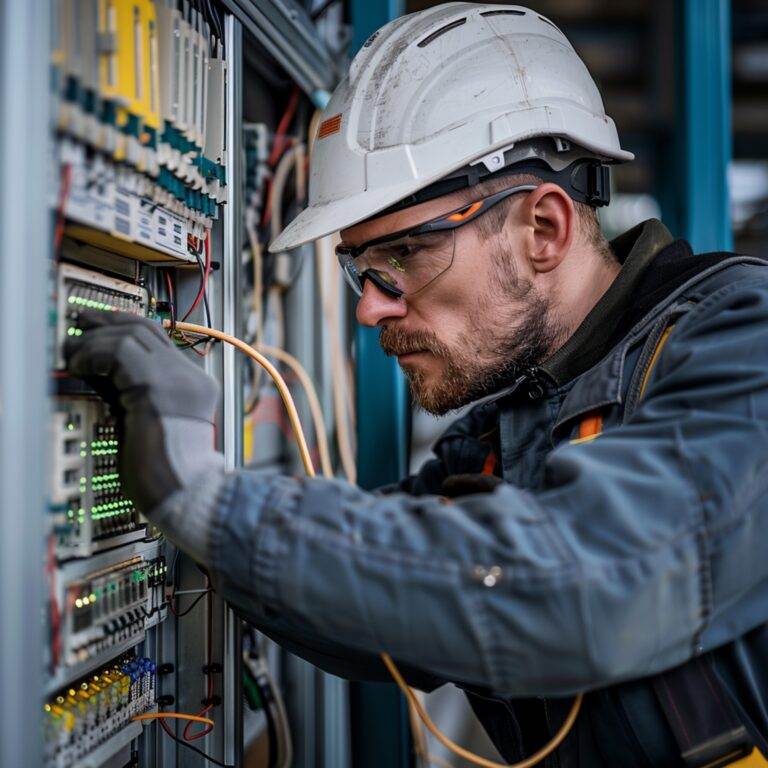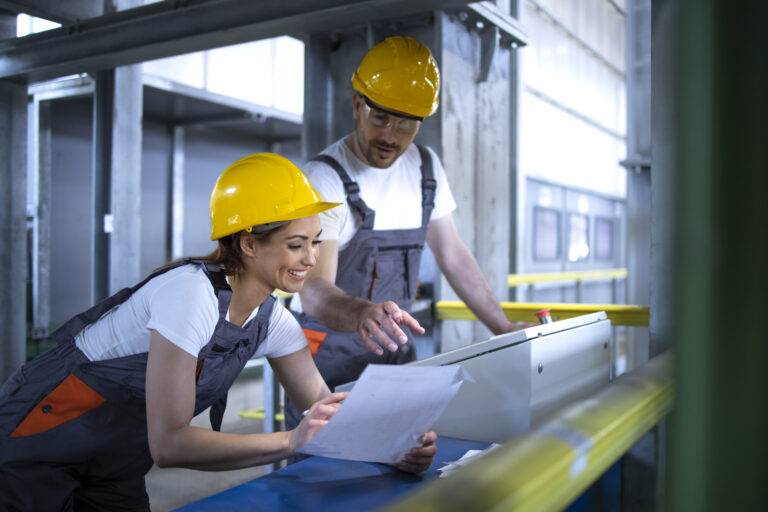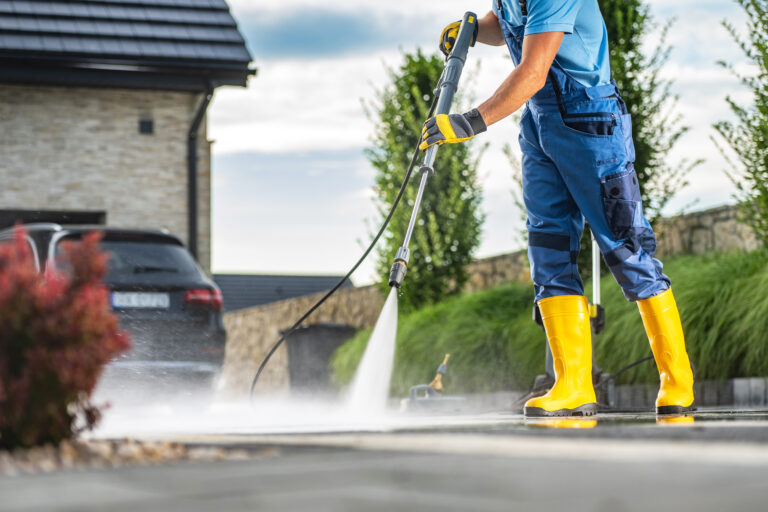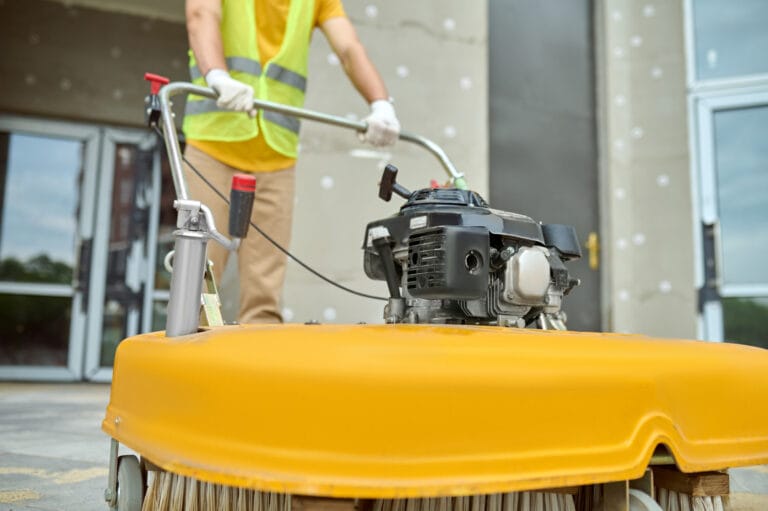Introduction
In today’s fast-paced world, effective building maintenance is essential for ensuring the longevity and functionality of commercial and residential properties. By investing time and resources into systematic maintenance, property owners can protect their investments and create a safe environment for occupants. A strong focus on maintenance practices allows for operational efficiency and enhanced property value.
Importance of Building Maintenance
Building maintenance encompasses a variety of services aimed at keeping a property in optimal condition. Regular maintenance helps prevent costly repairs, which can arise from neglect or deferred issues. Furthermore, well-maintained facilities attract quality tenants and customers, enhancing rental income and property productivity. An organized maintenance strategy not only preserves aesthetics but also enhances safety and comfort for all occupants.
Significance of Preventive Maintenance
Preventive maintenance goes beyond mere repair work; it entails anticipating potential issues before they escalate. By adopting a proactive maintenance approach, property managers can identify vulnerabilities, schedule timely inspections, and implement necessary updates to systems and equipment. This methodology not only prolongs the lifespan of critical assets, such as HVAC units and plumbing systems, but it also improves operational efficiency and reduces energy costs. In the long run, preventive maintenance leads to fewer emergencies, reducing the need for significant, unplanned expenses. By prioritizing both building and preventive maintenance, owners contribute to a sustainable future for their properties. Ultimately, a comprehensive maintenance plan not only enhances the effectiveness of these practices but also fosters a healthy return on investment.
Understanding Preventive Maintenance
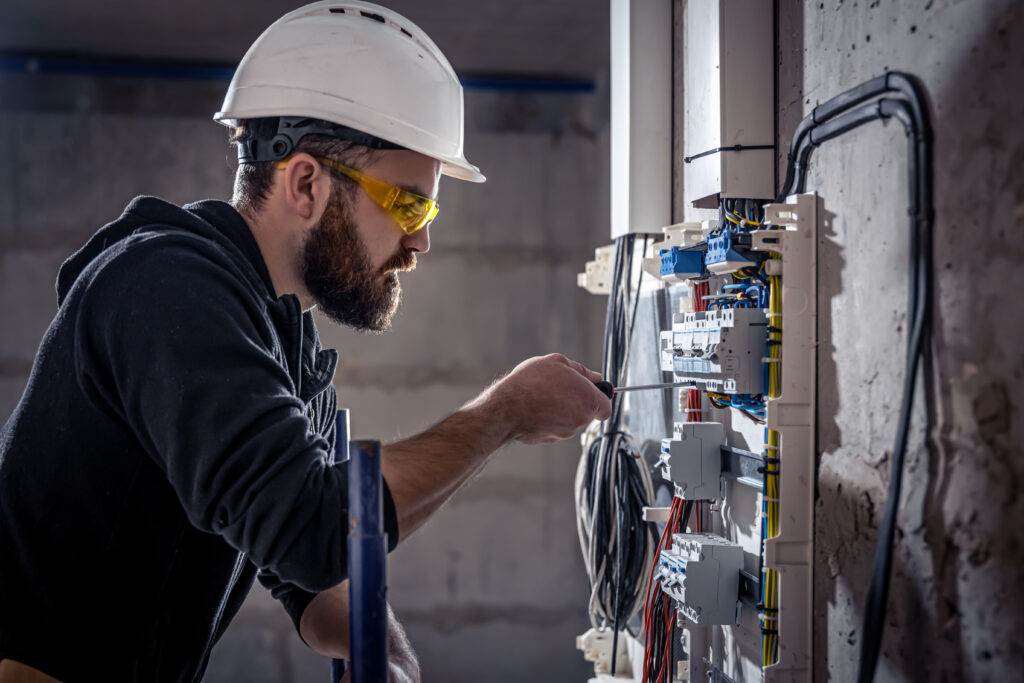
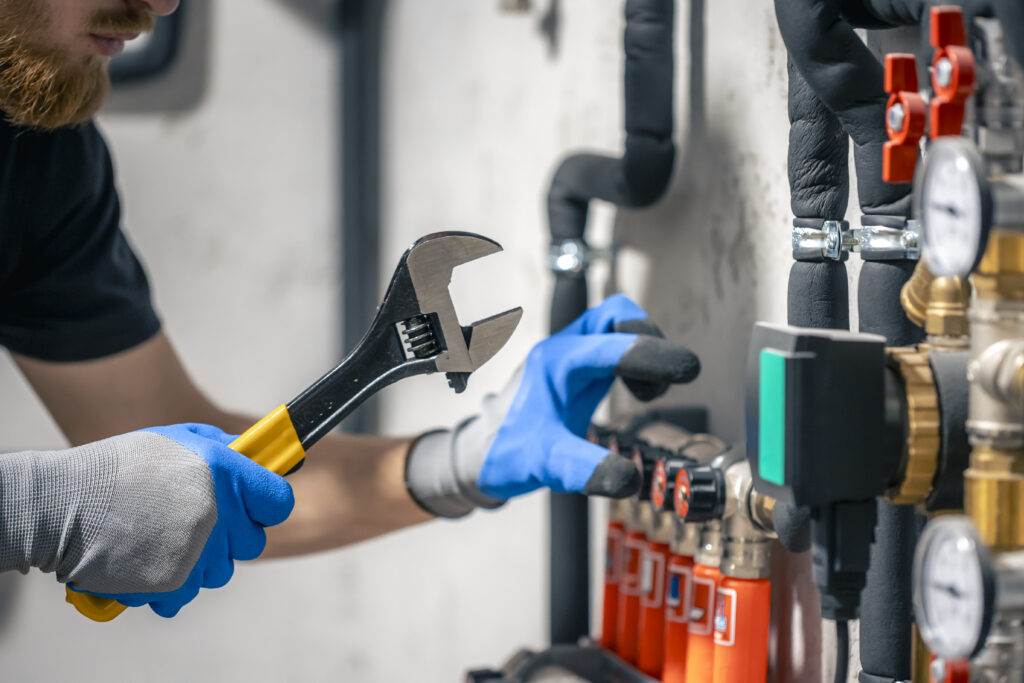
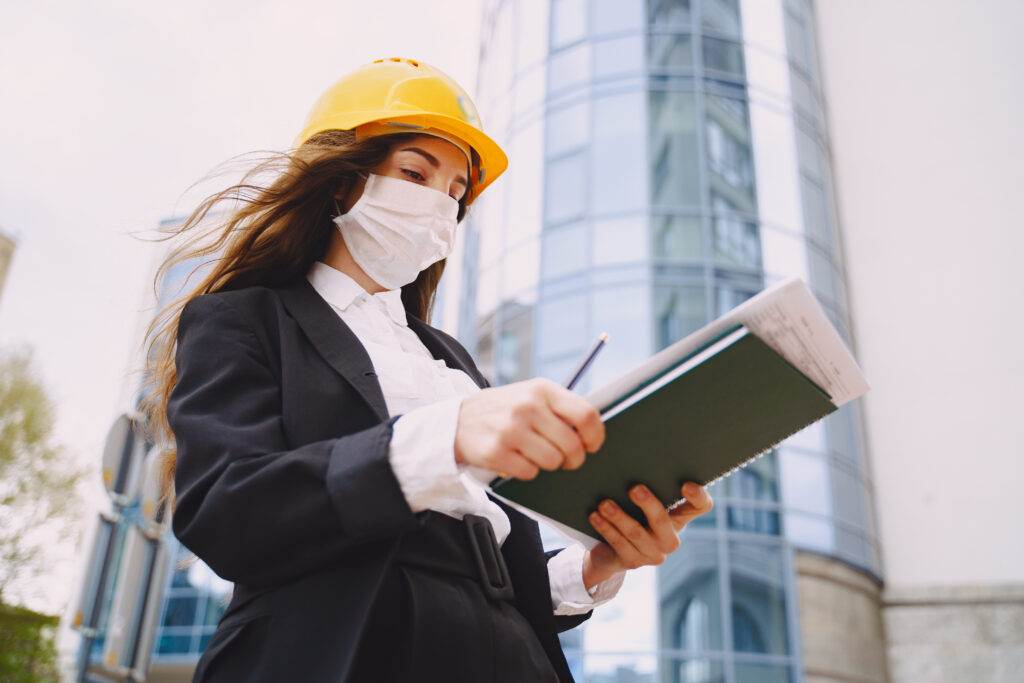
Definition and Objectives
Preventive maintenance is a proactive approach that involves systematically inspecting, testing, and maintaining equipment and systems to prevent unexpected failures. The principal objective is to identify potential faults early and address them before they lead to extensive damage or costly repairs. A well-defined preventive maintenance program enables property managers to establish regular schedules for maintenance tasks, thereby ensuring that all critical systems function optimally throughout their lifespan.
Benefits of Implementing Preventive Maintenance
The benefits of implementing a preventive maintenance strategy are manifold. Firstly, it significantly reduces the likelihood of unexpected equipment breakdowns, thus ensuring business continuity and safety within the properties. Secondly, this approach minimizes maintenance costs over time, as structured upkeep often prevents more significant issues that require costly repairs or replacements. Furthermore, preventive maintenance supports compliance with various regulatory and safety standards, protecting property owners from legal repercussions. Additionally, it enhances tenant satisfaction; well-functioning amenities contribute to a positive living or working environment, which can increase tenant retention. By dedicating resources to preventive maintenance, property owners not only safeguard their assets but also foster a better overall experience for occupants. Through planned maintenance schedules and timely interventions, they can optimize their property management and ultimately improve return on investment. In summary, preventive maintenance is a cornerstone practice that reinforces operational efficiency and enhances long-term property value.
Common Preventive Maintenance Practices
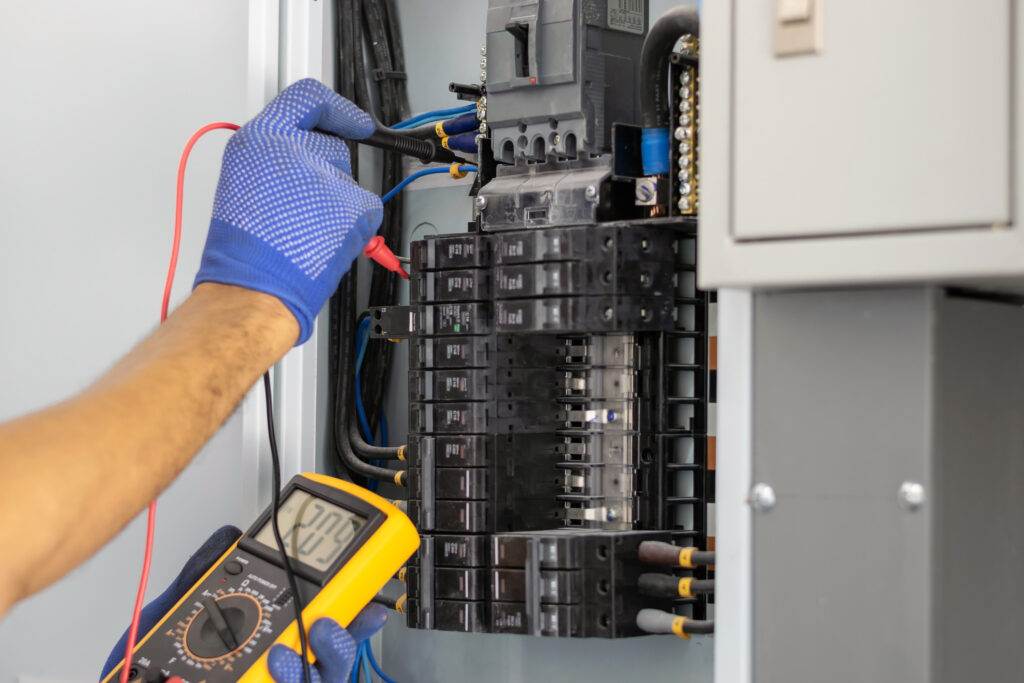
Regular Inspections
A fundamental aspect of preventive maintenance is conducting regular inspections. These inspections serve to identify potential issues before they escalate into significant problems. Property managers typically schedule these checks at predefined intervals, which could vary based on the type of building and its specific equipment. During these inspections, professionals assess system performance, check for leaks, listen for unusual noises, and evaluate wear and tear. By diligently monitoring these critical indicators, they can take corrective measures early, ensuring that equipment operates efficiently and effectively throughout its intended lifespan.
Scheduled Maintenance Tasks
In addition to inspections, implementing scheduled maintenance tasks is crucial for a robust preventive maintenance program. These tasks may include activities such as changing filters, lubricating machinery, checking electrical components, and calibrating systems. By adhering to a structured maintenance schedule, property managers can ensure that every component is serviced regularly, thus promoting longevity and reliability. This systematic approach not only boosts operational efficiency but also mitigates the risk of unplanned outages, downtime, or costly repairs. Regular maintenance creates a culture of responsibility and foresight, enabling property managers to optimize their resources and investment while maintaining compliance with industry regulations. Overall, these common preventive maintenance practices collectively contribute to an environment that supports both operational excellence and tenant satisfaction.
Impact of Preventive Maintenance on Building Lifespan
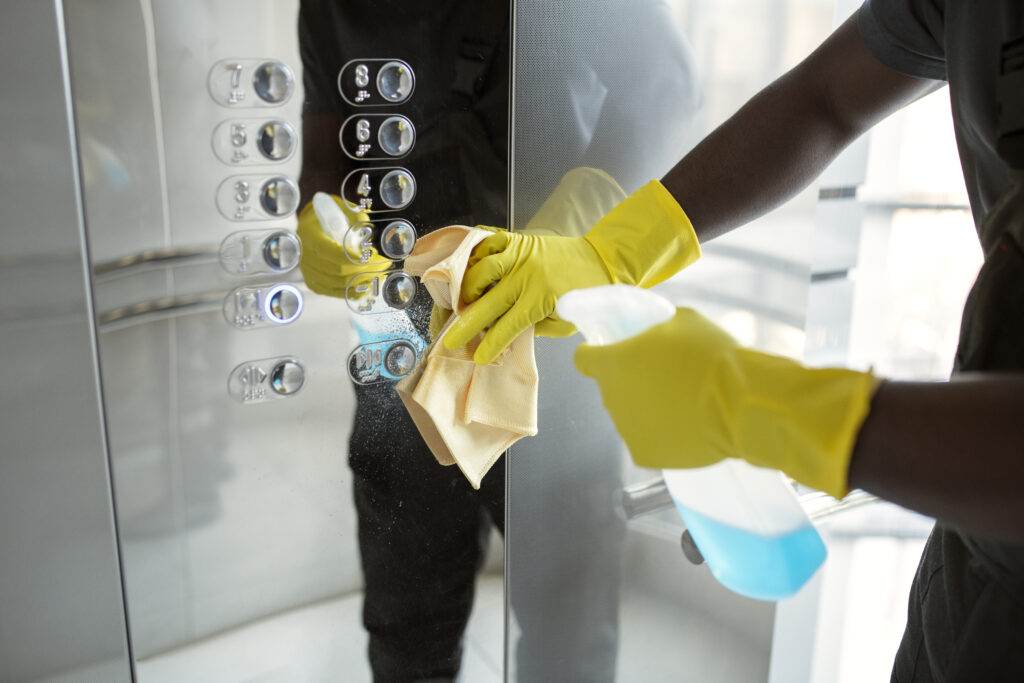
Cost Savings
Implementing a proactive preventive maintenance strategy can yield significant cost savings for property managers and building owners. By addressing minor issues before they develop into major problems, organizations can avoid the high costs associated with emergency repairs and extensive downtime. Scheduled maintenance ensures that systems function optimally, minimizing energy consumption and reducing utility expenses. Additionally, regular servicing can extend the life of equipment and infrastructure, further mitigating the need for premature replacements. As a result, property managers can allocate resources more efficiently and enjoy a higher return on investment as they protect their assets over time.
Enhanced Building Sustainability
Adopting preventive maintenance practices is not only beneficial for financial aspects but is also crucial for enhancing building sustainability. By ensuring that all systems operate efficiently, property managers significantly reduce energy waste and environmental impact. Eco-friendly practices, such as timely filter changes and proper equipment lubrication, contribute to lower emissions and a smaller carbon footprint. Furthermore, sustainable buildings frequently attract environmentally conscious tenants, adding value to the property while promoting a positive public image. Overall, preventive maintenance plays a key role in fostering a culture of sustainability within the property management industry, ensuring buildings remain functional, efficient, and conducive to both occupant wellbeing and environmental preservation.
Key Components of a Preventive Maintenance Plan
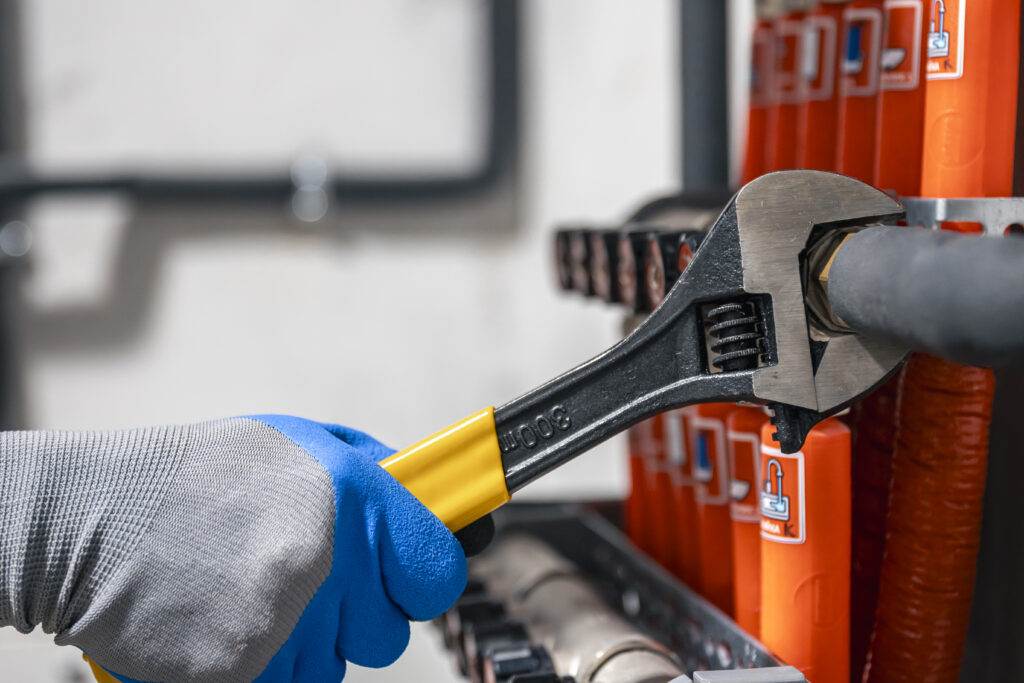
Equipment and Systems Checklist
A comprehensive equipment and systems checklistis essential for an effective preventive maintenance plan. Identifying and cataloging all critical systems within a facility—including HVAC, plumbing, electrical, and safety systems—is the first step. By detailing each component’s specifications and maintenance requirements, property managers can create a structured approach to scheduling repairs and servicing. Regular audits should be performed to update the checklist as new equipment is added or when modifications occur, ensuring all aspects of the building are adequately maintained. This proactive approach not only reduces the likelihood of unexpected failures but also fosters a safer, more efficient environment.
Prioritizing Maintenance Needs
Prioritizing maintenance needs is a vital component in managing a successful preventive maintenance plan. Property managers should assess the criticality of various systems based on their impact on overall operations and safety. By categorizing maintenance tasks into urgent, routine, and long-term goals, they can allocate resources effectively and address the most pressing issues first. Additionally, leveraging data analytics and performance history can aid in identifying trends, allowing for appropriately timed interventions that preemptively resolve potential problems. This strategic prioritization helps to allocate limited resources and ensure that the most crucial systems receive attention, ultimately contributing to the long-term sustainability and functionality of the building.
